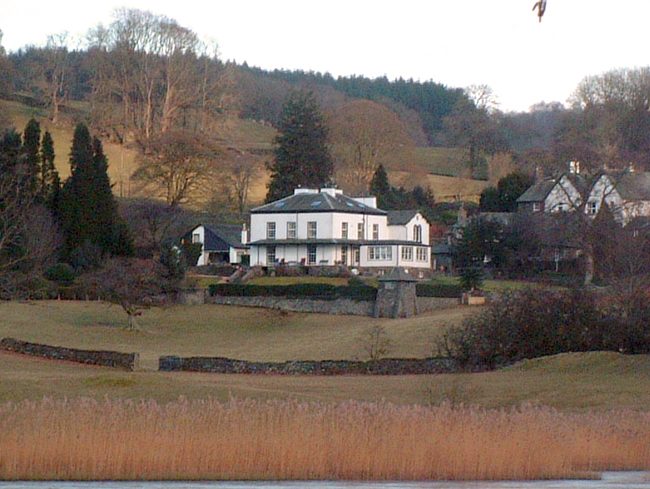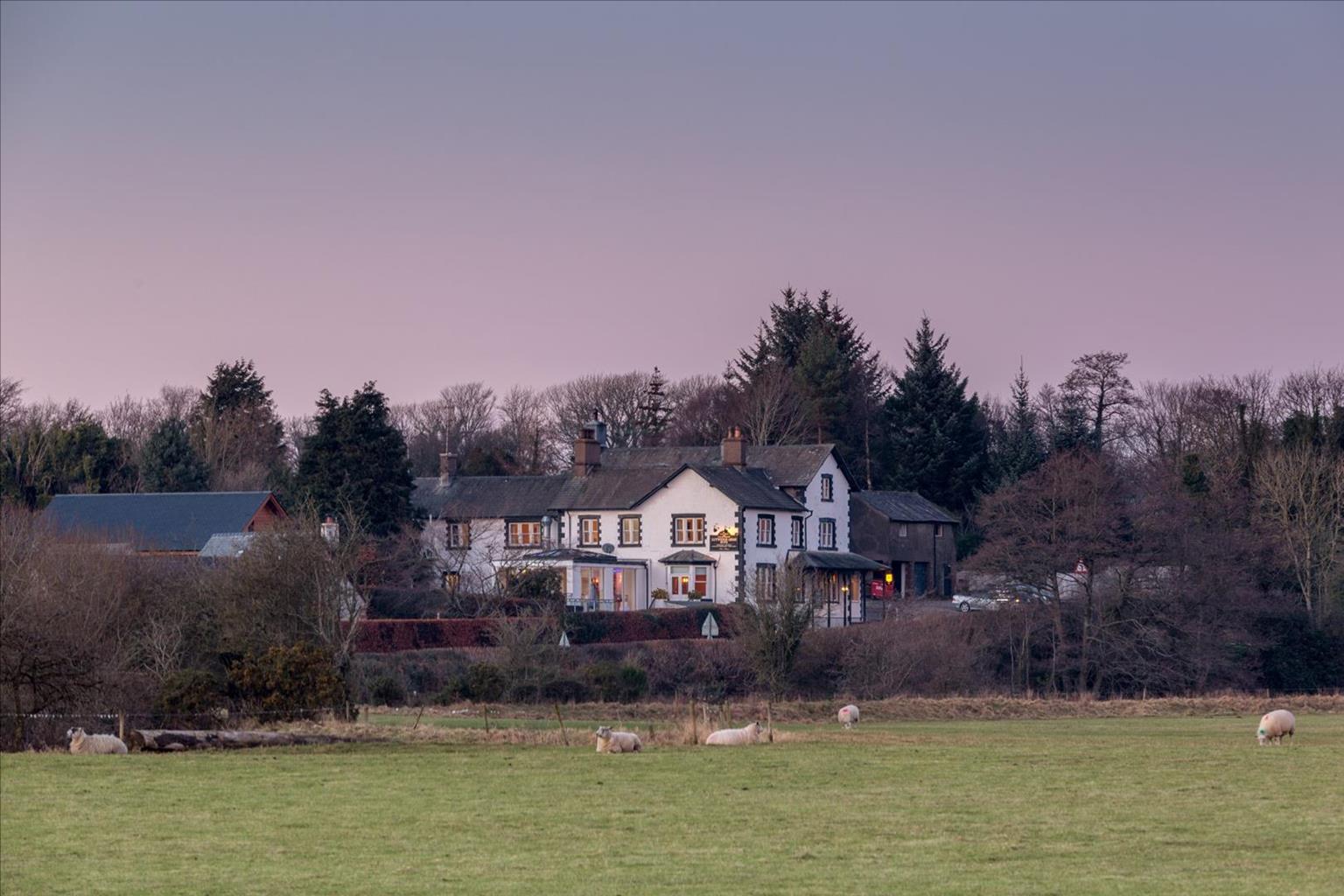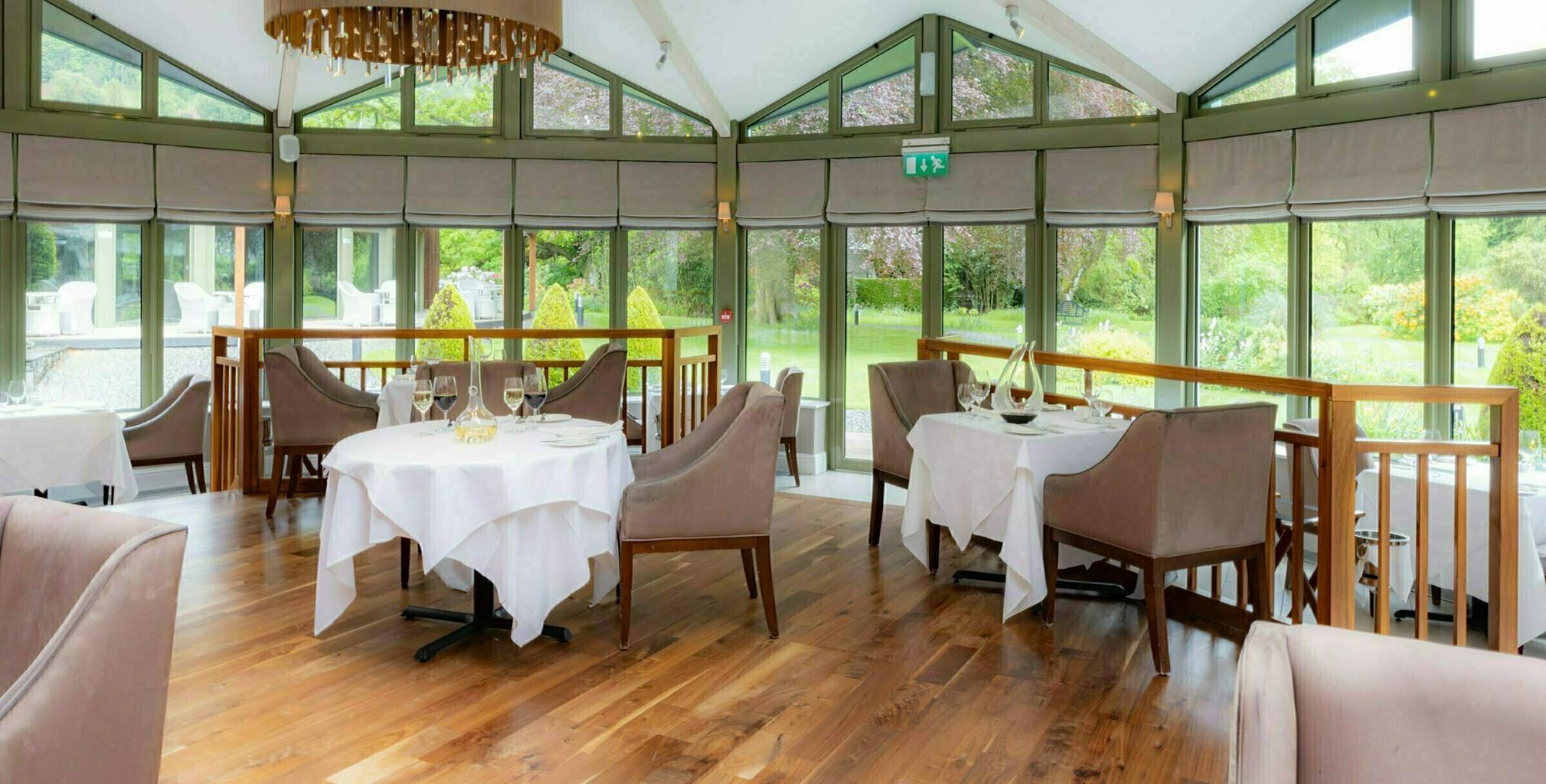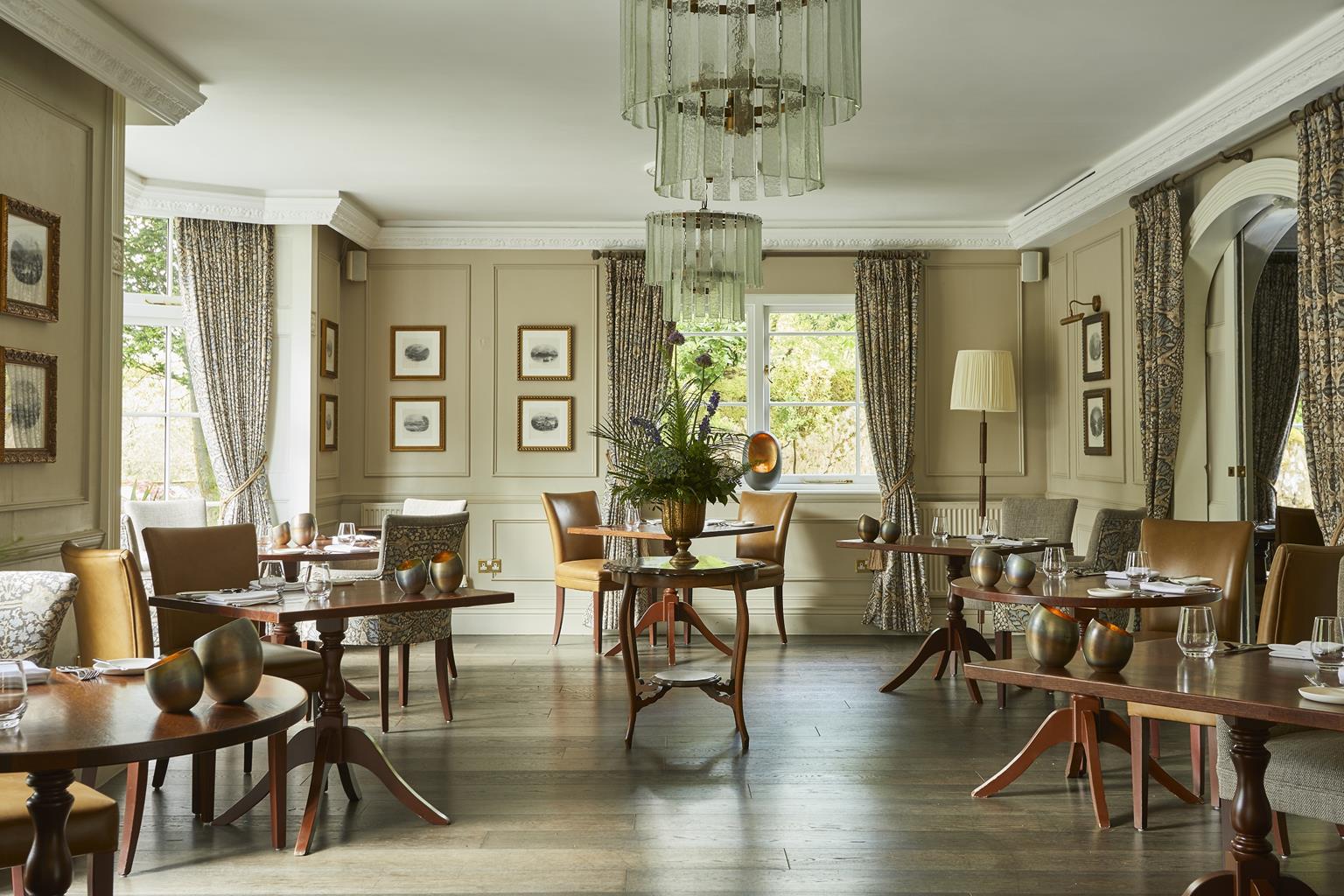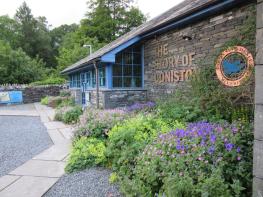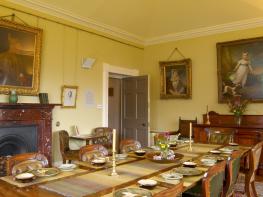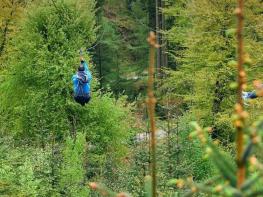Just 10 minutes' drive from Coniston village, Byre Cottage & Millers Cottage are two…
Seathwaite and the Duddon Valley

Follow the poet through Seathwaite and the exquisite Duddon Valley.
5 miles (8kms)
About the walk
On loitering Muse – the swift Stream chides us – on!
Albeit his deep-worn channel doth immure
Objects immense portrayed in miniature,
Wild shapes for many a strange comparison!
Niagaras, Alpine passes and anon
Abodes of Naiads, calm abysses pure
Bright liquid mansions, fashioned to endure
When the broad oak drops a leafless skeleton,
And the solidities of mortal pride,
Palace and tower, are crumbled into dust! –
The Bard who talks with Duddon for his guide,
Shall find such toys of fancy thickly set:
Turn from the sight, enamoured muse – we must;
And, if thou canst, leave them without regret!
William Wordsworth ('Hints for the Fancy from The River Duddon', 1820)
William Wordsworth loved the Duddon Valley so much that he wrote many such sonnets about it, and little has changed since his day. There’s tarmac on those winding walled lanes, but the byres and woods and the lively stream that so enthralled the poet are still there for all to see. The walk begins in Seathwaite, a remote village set beneath the crags of Wallowbarrow. A reservoir service road takes the route easily up into the Coniston fells to the dam of Seathwaite Tarn. The large reservoir is dwarfed by the rocks of Grey Friar and Buzzard Crag towering above. On a windless day the crags are reflected to perfection in the hushed and gloomy waters. The view the other way is more spectacular, especially if the bracken glows red to blend with the dusky heather, the crags and the odd lonely pine. The jagged cone of Harter Fell dominates the skyline high above the forests, streams and farmhouses. This route descends through the heather and the bracken, and by a chattering beck to the Duddon. Over the road, it comes to the Fickle Steps across the river, with a wire to steady your progress. It’s an exciting prelude to a wonderful walk through the Wallowbarrow Gorge. From a lofty path you look down on the river and it’s tumbling waterfalls, then descend to a bouldery section, before a riverside stroll back into Seathwaite.
Walk directions
From Seathwaite, follow the road past the little church, then turn right on the tarmac lane towards Turner Hall Farm. Turn left through a gate marked ‘High Moss’. Follow the track winding through level fields, pass left of some buildings and rise to a gate. Follow the field path under power lines out to the Walna Scar Road.
Turn right along the road. Where the tarmac ends, turn left over a bridge onto the access road to Seathwaite Tarn. This pleasant track climbs steadily to the reservoir dam.
Retrace your steps for around 450yds (411m) to a small waymarking post, highlighting a downhill path that weaves through rock and rough pasture to a gate by a sheepfold. A clearer track continues down to another gate, then across a boggy field. After another gate look for a ladder stile on the right.
Cross the stile and footbridge over Tarn Beck. On the opposite bank bear left and follow an obvious wet path through a gate and along the edge of a wood. Pass behind a cottage and continue past a barn on the left. The path swings right and rises to enter open country. Continue on this marshy way to the road.
Cross the road to a bridleway sign and follow the track to the Fickle Steps – huge boulders, with a wire handrail, which allow you to cross the River Duddon. (Caution: if the river is in spate here and the steps are underwater, return to the road, turn right and follow the road to Seathwaite.)
To continue on the route, turn left, cross a footbridge, turn right and then back left, tracing a tall deer fence. Climb to a high shoulder above the wooded Wallowbarrow Gorge before descending again to the bank of the River Duddon. Cross boulder-strewn terrain before the going eases and you reach a stone-arched bridge.
Cross the river and turn right, now following the eastern bank of the Duddon. When you meet a tributary, Tarn Beck, turn left, upstream, to a footbridge. Cross and walk out to the road. Turn left, and go through Seathwaite village, and back to the start.
Additional information
Paths, tracks, can be muddy below Seathwaite Tarn, rocky in Wallowbarrow Gorge, several stiles
Craggy mountainside and wooded gorge
Can run free through woods at Wallowbarrow
OS Explorer OL4 & OL6 The English Lakes (NW) and (SW)
Small car park at Seathwaite Parish Room (donations invited) and some spaces just north of church. Otherwise roadside parking at Point 5 (SD231975). Do not park near Newfield Inn while walking
None on route
If River Duddon is in spate, not advisable to cross at Fickle Steps, Point 5. Return to Seathwaite along road instead
WALKING IN SAFETY
Read our tips to look after yourself and the environment when following this walk.
Find out more
Also in the area
About the area
Discover Cumbria
Cumbria's rugged yet beautiful landscape is best known for the Lake District National Park that sits within its boundaries. It’s famous for Lake Windermere, England’s largest lake, and Derwent Water, ‘Queen of the English Lakes'. This beautiful countryside once inspired William Wordsworth and his home, Dove Cottage, in Grasmere is a popular museum. Another place of literary pilgrimage is Hill Top, home of Beatrix Potter, located near Windermere. Tom Kitten, Samuel Whiskers and Jemima Puddleduck were all created here.
Much of Cumbria is often overlooked in favour of the Lake Distirct. In the south, the Lune Valley remains as lovely as it was when Turner painted it. The coast is also a secret gem. With its wide cobbled streets, spacious green and views of the Solway Firth, Silloth is a fine Victorian seaside resort. Other towns along this coastline include Whitehaven, Workington and Maryport. Carlisle is well worth a look – once a Roman camp, its red-brick cathedral dates back to the early 12th century and its 11th-century castle was built by William Rufus.
Nearby stays
Restaurants and Pubs
Nearby experiences
Recommended things to do
Why choose Rated Trips?
Your trusted guide to rated places across the UK
The best coverage
Discover more than 15,000 professionally rated places to stay, eat and visit from across the UK and Ireland.
Quality assured
Choose a place to stay safe in the knowledge that it has been expertly assessed by trained assessors.
Plan your next trip
Search by location or the type of place you're visiting to find your next ideal holiday experience.
Travel inspiration
Read our articles, city guides and recommended things to do for inspiration. We're here to help you explore the UK.



